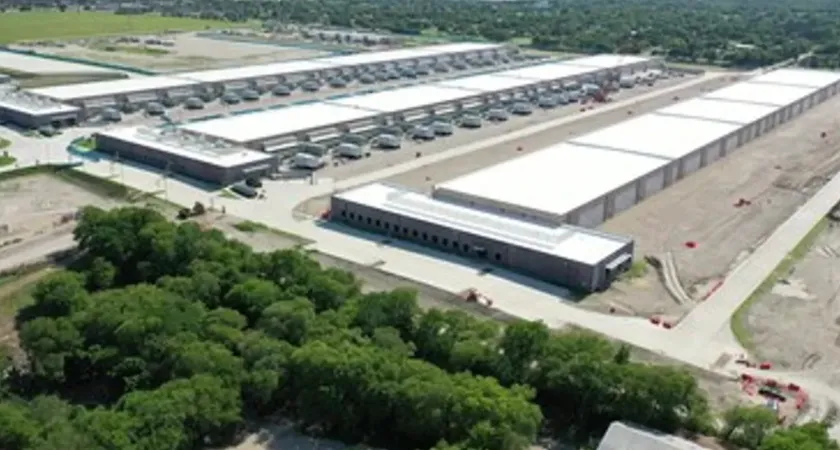
In the construction industry, few processes are as foundational — or as fraught — as the Request for Proposal (RFP). These documents are intended to bring owners and general contractors (GCs) together to achieve ambitious projects. Yet too often, they have become mechanisms that pit both sides against each other before a shovel ever hits the ground.

“Anyone who’s been in construction for any amount of time knows nothing happens in our business without an RFP,” writes Nancy Novak, Chief Innovation Officer at Compass Datacenters. “They are indispensable in our industry for bringing together owners and contractors to accomplish big things. But there’s a problem. Far too often, the RFP process is dysfunctional in ways that are a lose-lose situation for both owners and general contractors.”
Trust, Novak emphasizes, is the lifeblood of major construction projects. Yet current RFP practices frequently sow suspicion instead of collaboration.
“Trust is so critical when organizations come together to work on ambitious construction projects. And RFPs are the first opportunity for owners and GCs to begin building the kind of trust that drives better outcomes,” she explains.
At Compass Datacenters, Novak has worked to reimagine the RFP process to foster openness, mutual respect, and shared accountability. “I have made that a focus of the way Compass Datacenters conducts RFPs, and the result has been a level of partnership with our GCs that has been a huge engine for innovation, for driving efficiency and cost reduction, for accelerating delivery timelines and for driving advancements in quality, sustainability and worker safety.”
Instead of laying a foundation for partnership, many RFPs set the stage for confrontation.
“RFPs tend to be written, issued and conducted with a mindset that the two sides of our industry are involved in a zero-sum game,” Novak notes. The result: defensive postures, adversarial relationships, and unnecessary costs.
She argues that this mindset is rooted in “trauma from deals that have gone wrong,” where one party bore too much risk or financial burden. That history, Novak warns, has warped the RFP into a legal battlefield rather than a collaborative process.

“It’s like being on a first date and starting an argument about who would hypothetically get custody of the dog if there is ever a divorce. That’s no way to start a relationship, in dating or in construction.”
Novak insists that the industry must “stop using RFPs to fight early battles over the terms” and instead prioritize problem-solving and innovation.
“The RFP should give GCs a chance to show off their strengths and best ideas for the planned project,” she writes. Rather than bogging down proposals with legal jargon, owners should emphasize open communication about project goals, site-specific challenges, and creative solutions.
She also recommends pre-RFP dialogues — early conversations that allow contractors to shape the project vision and inform the design of the RFP itself. “This seeks out GC input on how the project objectives should be envisioned and how best to design the RFP to meet those objectives. It is also how partners work with one another: with open communication that builds understanding and trust, in service of achieving a common goal.”
The call for reform is especially urgent given today’s strained construction market. Skilled contractors are in high demand, and many projects are stalled due to workforce shortages and limited GC availability.
“At a time when owners need contractors more than ever… making contractors feel like they are the adversary is simply bad business,” Novak stresses.
Owners that embrace partnership-driven RFPs, she argues, will have a competitive advantage. They’ll be the ones who attract the best GCs, deliver projects more efficiently, and foster long-term innovation in quality, sustainability, and worker safety.
“When given the chance to act as true partners, again and again I have seen contractors step up, embrace the opportunity and bring tremendous ideas to the table that make projects better every time.”
Novak concludes with a call to action: “As owners, we have the ability to drive positive change with the way RFPs are conducted in our industry. It’s time to seize that opportunity, and I believe there are enormous competitive advantages for owners that do.”
Originally reported by Nancy Novak in Construction Dive.